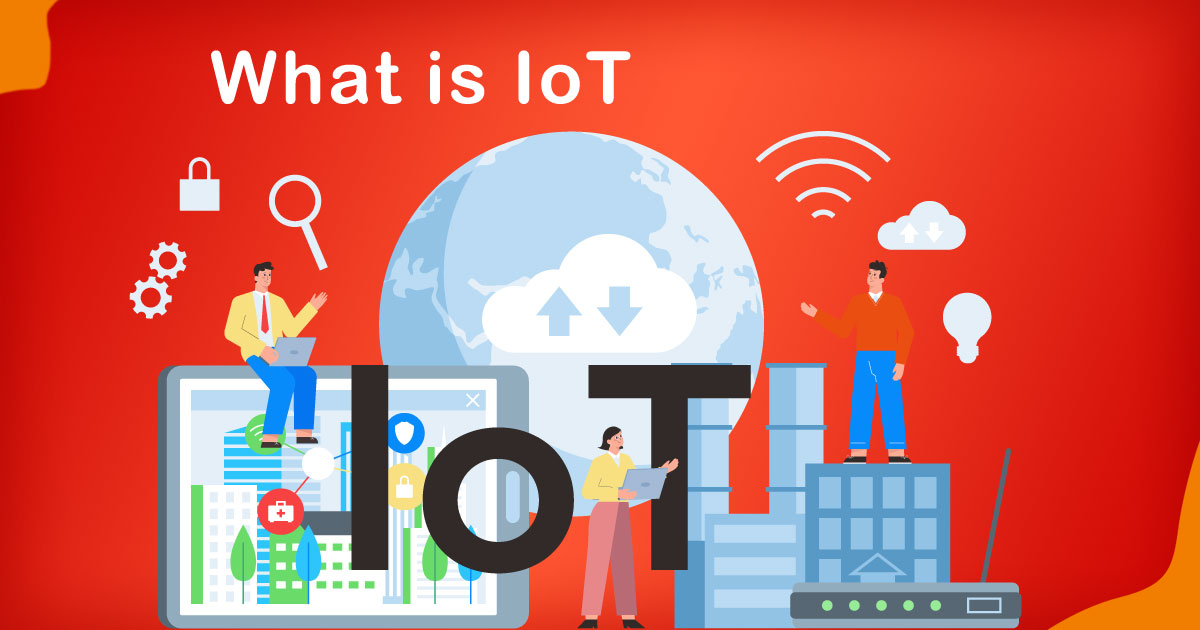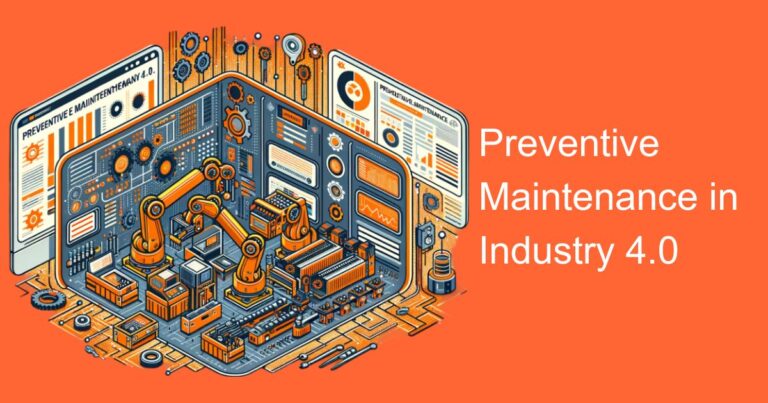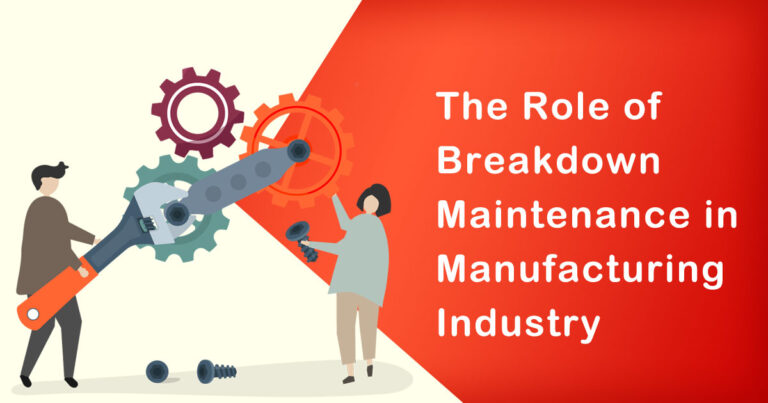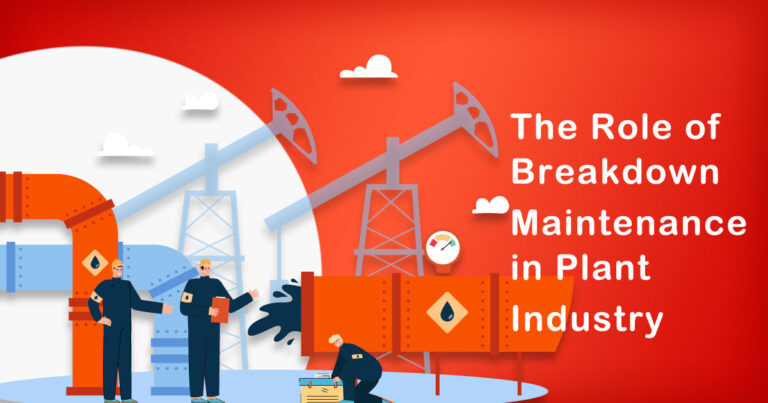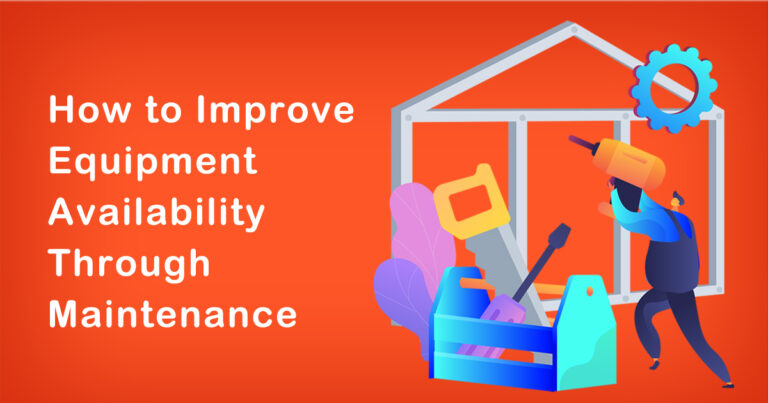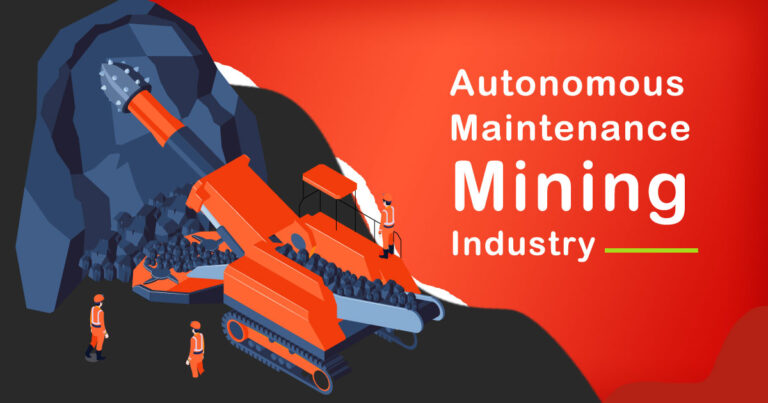Introduction
In the rapidly evolving digital landscape of the 21st century, the Internet of Things (IoT) has emerged as a revolutionary technology, reshaping the way we interact with the world around us. IoT has found extensive applications in various sectors, and India, as a burgeoning economy, has witnessed significant growth and adoption of this transformative technology. This blog explores the fundamentals of what is IoT, its applications in an Indian context, and the implications it holds for the future.
1) Understanding IoT
The Internet of Things refers to a network of interconnected devices, vehicles, appliances, and other physical objects embedded with sensors, software, and connectivity capabilities. These devices can collect and exchange data over the internet, enabling them to communicate and interact with each other without human intervention. The core objective of IoT is to enhance efficiency, convenience, and automation in our daily lives.
2) How IoT Works
IoT operates on a simple yet powerful principle: “sensing, processing, and acting.” Devices equipped with sensors collect data from their environment, which is then processed and analyzed by the integrated software or artificial intelligence. Based on the insights gained, IoT devices can take specific actions or trigger responses, enabling seamless automation and smart decision-making.
3) IoT Applications in India
Smart Agriculture:
India, being an agrarian economy, benefits immensely from IoT in agriculture. IoT-enabled sensors can monitor soil moisture levels, temperature, and humidity, aiding farmers in optimizing irrigation and fertilization practices. Furthermore, connected devices can track livestock health and facilitate predictive maintenance for farm equipment.
Smart Cities:
India’s rapid urbanization demands efficient urban management. IoT plays a crucial role in creating smart cities by enabling smart street lighting, waste management systems, and traffic management. Real-time data collection and analysis improve overall infrastructure efficiency and enhance citizens’ quality of life.
Healthcare:
IoT has revolutionized the Indian healthcare sector, with wearable devices monitoring vital signs, medication adherence, and remote patient monitoring. In rural areas, IoT-powered telemedicine has extended medical services to underserved populations, improving access to healthcare.
Manufacturing:
The Indian manufacturing industry is experiencing a paradigm shift with Industry 4.0, powered by IoT. Connected factories leverage IoT to optimize production processes, predict equipment failures, and enable predictive maintenance, leading to increased productivity and reduced downtime.
4) IoT Challenges in India
While IoT presents a plethora of opportunities, it also faces some unique challenges in the Indian context:
Connectivity:
In remote areas, connectivity remains an obstacle for seamless IoT implementation. Addressing connectivity issues through improved network infrastructure and the adoption of emerging technologies like 5G will be critical.
Security and Privacy:
IoT devices gather massive amounts of sensitive data. Ensuring robust security measures and data privacy is crucial to prevent potential cyber threats and safeguard consumer information.
Skill Gap:
The successful integration of IoT relies on skilled professionals who can develop, manage, and maintain IoT ecosystems. Bridging the skill gap through educational initiatives and vocational training is vital for the technology’s sustainable growth.
5) Future Perspectives
The future of IoT in India looks promising as the government and industries recognize its potential. With the rapid digitization drive and the adoption of IoT in various sectors, India is poised to become a global leader in IoT-enabled solutions.
Smart Agriculture for Sustainable Growth:
IoT will continue to empower farmers with data-driven insights, leading to enhanced productivity, reduced waste, and sustainable agricultural practices.
Healthcare Revolution:
IoT-driven healthcare will further advance in India, with more personalized and accessible medical services, remote patient monitoring, and predictive healthcare analytics.
Smart Infrastructure:
The vision of smart cities will evolve, making urban living more efficient and environmentally friendly through optimized resource management and reduced energy consumption.
Conclusion
As we embrace the technological advancements brought forth by IoT, it is essential to strike a balance between innovation and ethical considerations. With concerted efforts from all stakeholders, India can harness the transformative power of IoT to build a more connected, efficient, and sustainable future for all its citizens. The journey has just begun, and the potential of IoT remains boundless in shaping India’s digital landscape for generations to come.


